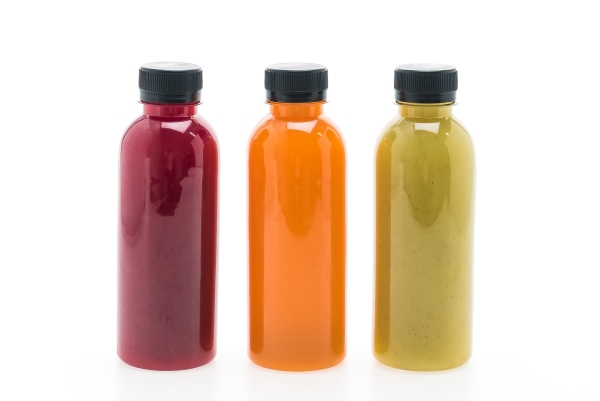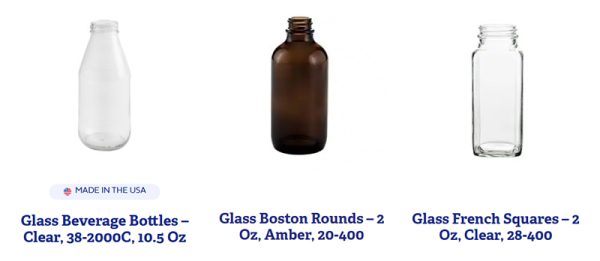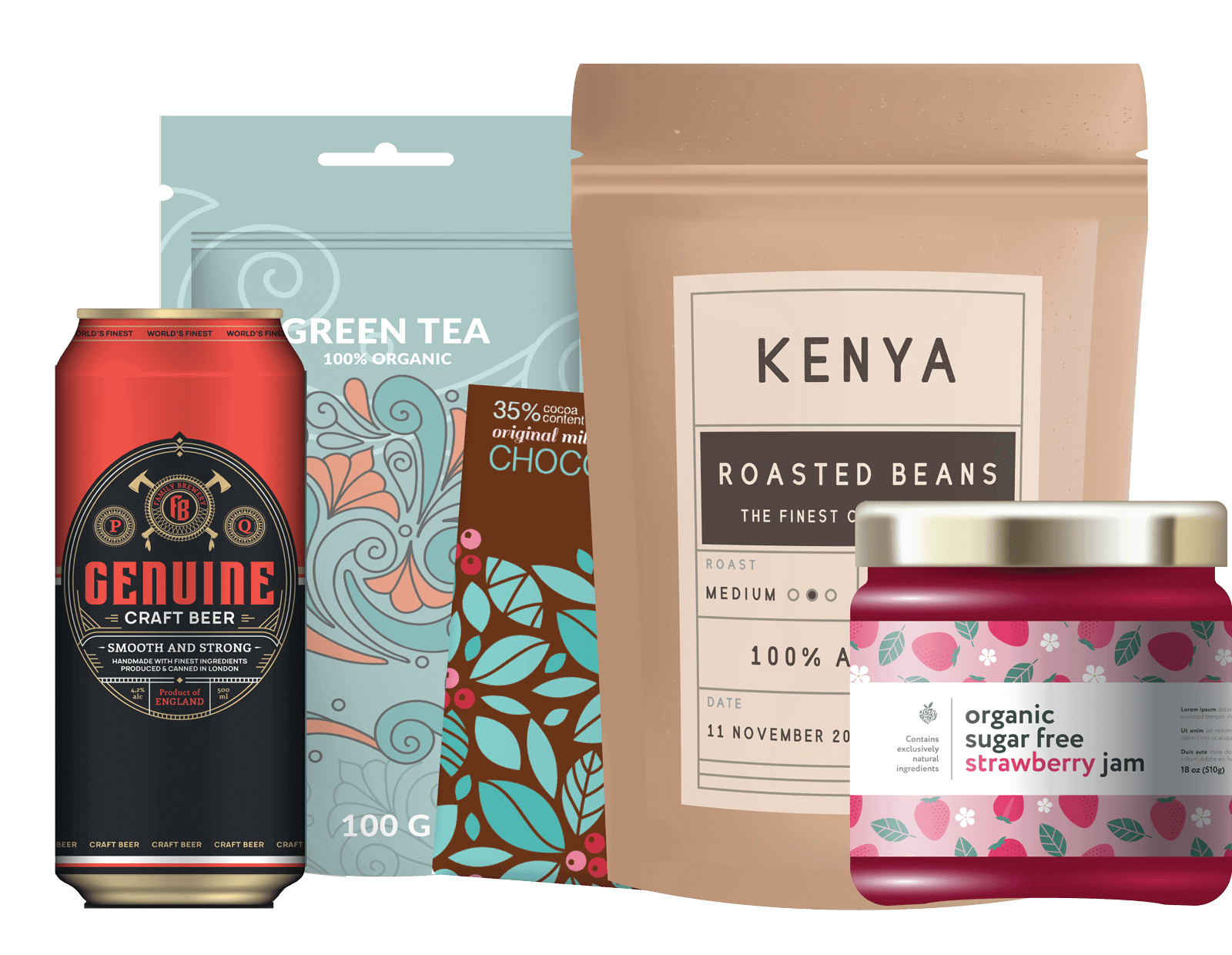Cold fill packaging continues to grow in popularity as manufacturers seek ways to better preserve product quality while controlling costs. We’ll answer key questions you may have about cold fill processes and help you determine if it’s a fit for your products.
MJS Packaging Account Manager Tony Haddeman brings 19 years of hands-on expertise. He has led plant builds and the implementation of cold fill lines, offering insight into product development, production and supply chain management.
Why Use Cold Fill And How Does It Work?
Cold filling involves using ambient temperature filling in a sterile environment, often employing sterilization techniques before filling. Common cold-fill processes for beverages/liquids are filled ambient after initial heat treatment to ensure safety and shelf stability for low-pH products (3.3 or lower). Aseptic filling (clean room environment) is also a popular cold fill method. Standard cold fill involves testing all raw materials and adding preservatives to prevent bacterial growth. A good hermetic seal must be achieved.
This method helps preserve appearance, flavor and nutrients, particularly important for products with functional ingredients that may be sensitive to heat. High-pressure processing, which uses cold water pressure to kill pathogens, is a common companion technology used with juice concentrated bases, but typically requires refrigeration for optimal shelf-life.
Tony adds, “a lot of times for your consumables in cold fill process they also require acidified and low acid food registration because they’re going to have to acidify it to a lower pH to continue that shelf stability and bacteria prevention.” He emphasizes, “You have to do a preservative challenge study to ensure the finished product is adequately protected. Accelerated and real time stability testing should be conducted to validate shelf-life of the product.”
Can I Cold Fill My Products? Which Products Qualify?
Typical cold-fill candidates include:
- Energy and sports drinks
- Juices and teas
- Wellness supplements
- Pharmaceutical liquids
- Mustards and condiments
Cold-fill hold is ideal for products that degrade when exposed to high heat or require packaging materials that cannot tolerate excessive heat. Tony warns that “cold fill in particular does require some sort of preservation system or kill step (critical control point), so you’re typically not going to cold fill natural or organic products.” At MJS Packaging, we’re ready to explore creative alternatives such as formulating with a natural preservative base so that the product will sustain.
What Are The Benefits Of Cold Filling?
- Cost: According to Tony, the main reason customers choose cold fill is cost. Cold fill is often significantly less expensive than hot fill. “Hot fill bottles are typically almost double the price,” he says. Cold fill also allows for lower minimum order quantities and uses less energy, contributing to sustainability and lower utility costs.
- Closures and Contract Filling: Cold-fill compatible cap options such as continuous-thread closures are less costly than plastisol-lined metal caps used in hot fill. As far as comanufacturing, there are more third-party fillers equipped for cold fill, making it easier to find time on a cold fill line. “The cost for tolling or turnkey hot fill is overall going to be more expensive just because of the details of the process.”
- Quality: Cold fill better retains taste, nutrients and functional ingredients that are heat sensitive. For the more natural and organic formulations, MJS Packaging can find a cold fill method that is right for your product. We can explore microdosing that kills any potential bacteria, natural preservative systems or a cold press.
Which Packaging Works Best?
Plastic containers like HDPE, PET and PP are excellent for cold fill. You can also use glass bottles in a variety of shapes, finishes and colors. Continuous-thread caps are the closure standard. Tony recommends rigorous raw-material testing to ensure cleanliness and compliance.
Should I Set Up Cold Fill In-House Or Work With A Contract Filler?
In-house cold fill lines offer flexibility in scheduling and production control. Tony notes that equipment costs are “somewhat inexpensive ” for startups, yet quality oversight is critical. “You need to have someone who is very well-versed in all the quality procedures. There’s no more bathtub breweries. It’s quite the investment when you think about all the things that you need to consider and do from a quality perspective.” Our consultative teams can help guide your decision.
Why Partner With MJS Packaging?
Cold filling introduces additional food safety, FDA regulatory and GMP considerations. At MJS Packaging, our Account and Quality teams have tried and true experience and will support you through every step, from filling and sealing to container selection. Tony cautions, “The co-packer needs to be highly vetted to make sure they’re following the right GMP regulations.” With 140 years of industry experience, we can connect you with vetted co-packers and supply chain partners backed by decades of success.
With packaging options ranging from glass to HDPE, consultative excellence from our dedicated staff, and experienced co-manufacturers across the country, you’re well positioned to succeed. Reach out to start a project or contact us if you’d like to explore cold fill packaging further.






